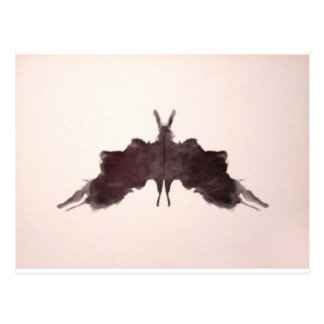I was very interested in this weeks topic, the relationship of biotechnology and art, because of it’s relevance to the ethical, social, and political issues of today. While watching this week’s lecture (1), I learned that biotechnology is when scientists use technology to manipulate biological components like genetics, organisms, and cells.

One important aspect of art is the ability to ‘create’, and biotechnology has allowed peoples creations to physically alter humans and animals. When going through this weeks ideas, I struggled with the idea that life itself is a valid expressive medium for one’s artistic endeavors. With the growth of technology, there have not been many regulations on using biotechnology. In my opinion, some people abuse biotechnology with the excuse that it is art. For example, I think that Eduardo Kac’s GFP Bunny (2) that was genetically engineered to glow under certain light is cruel. I believe that it is unfair to manipulate the genes and well-being of an animal unable to give its consent in the name of creating art.

Also, the use of genetic engineering on animals affects us when we eat the animals in “Genetically Modified Food”(3), otherwise known as ‘GMO’s”. This is shown by the Mcdonald’s Food Experiment (4). Although genetically engineering animals to produce more food, it negatively affects the product that we ingest in our bodies. I think that if this continues, over time humans will start developing more and more health issues.
Although I understand and appreciate the importance the progress scientists are making to create positive affects on society, I think it must be regulated much more strictly in order to avoid the harmful possibilities that arise (5) from biotechnology and art.
Works Cited:
1.Vesna, Victoria, narr. “BioTech Art Lectures I-V.” N.p., . web. 5 Nov 2012.
2."GFP BUNNY." GFP BUNNY. N.p., n.d. Web. 10 May 2015.
3."Genetically Modified Food." Wikipedia. Wikimedia Foundation, n.d. Web. 10 May 2015.
4."McDonald's Food Expirament." YouTube. YouTube, 12 June 2007. Web. 10 May 2015.
5.Anderson, Helen. "Biotechnology and Negative Effects on the Environment." EHow. Demand Media, 08 Apr. 2011. Web. 10 May 2015.
Images
1.C11 Biotech Research. Digital image. Http://venturecenter.co.in/brc/images/top12.jpg. N.p., n.d. Web.
2.Hopping out Glowing Green Bunnies for Science. Http://hotdigitalnews.com/wp-content/uploads/2013/08/bunglow.jpg Digital image. N.p., n.d. Web.
3.Russian Prime Minister Bans GMO. Digital image. Http://russia-insider.com/sites/insider/files/GMO-sm1.jpg. N.p., n.d. Web.








